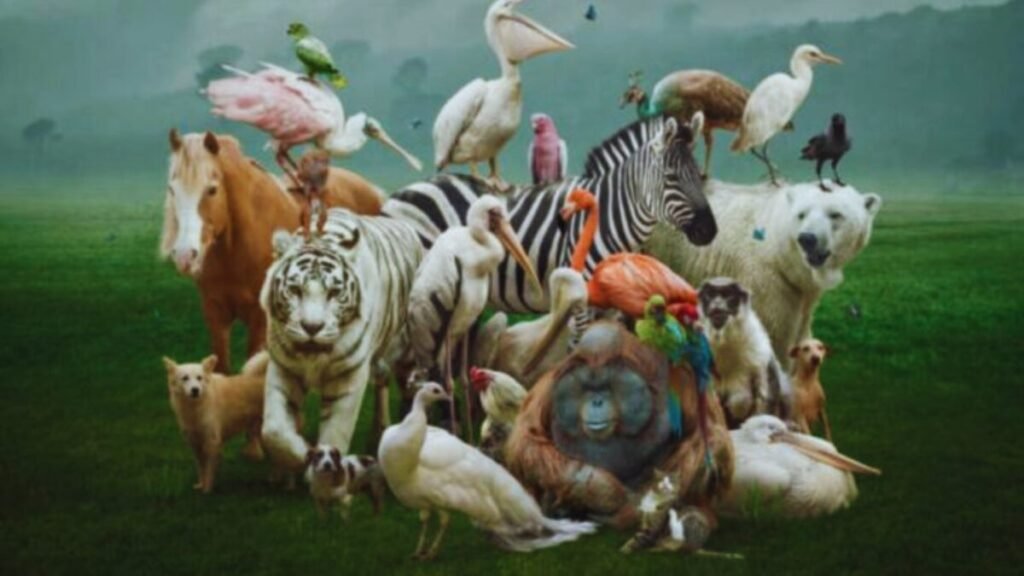The Biodiversity Puzzle: Exploring Life’s Explosive Bursts

For centuries, it was thought that life had emerged as a slow symphony, accumulated step by step over millions of years. However, a new theory proposes a much more dramatic version: life on Earth did not grow like a constant murmur, but rather as a series of bursts that gave rise, in a matter of time, to most of the species we know today.
When Evolution Hits the Accelerator

Scientists call this phenomenon “evolutionary explosions” or rapid radiations. These are relatively brief periods in which a group of organisms experiences astonishing growth, as if nature suddenly opened a floodgate. Sometimes described as “fortunate,” they were able to take advantage of key benefits: new capabilities, virgin environments, or biological transformations that propelled them towards diversity.
The team led by John J. Wiens (University of Arizona) and Daniel Moen (University of California Riverside) reconstructed a gigantic life genealogical tree. To do this. The result: more than 80% of current biodiversity was born in bursts, not in a constant drip.
Examples of Diversity in Record Time
Illustrate the power of these leaps. Darwin’s finches, on the Galapagos Islands, fragmented into multiple species in just a few million years, adapting to different environments and diets. Bats, after conquering flight 50 million years ago, quickly multiplied their number of species. Beetles, masters of adaptation, came to represent 40% of all known insects.
The eruption of flowers 120 million years ago triggered a revolution: today they constitute 85% of all plant species. Even in African lakes, cichlid fish managed to diversify into hundreds of species in just thousands of years, showing that evolution.
The Hidden Keys Behind the Bursts

Why did some groups experience explosions while others remained modest? Several factors point to this: multicellularity, the move to land, new forms of feeding, and, in plants, the alliance with pollinators. According to Wiens, understanding is key to explaining why certain lineages branched out into thousands of species and others barely survived.
Their story seems different, marked by a slower and continuous diversification. Although about 10,000 species are known, scientists believe there are millions, a microbial universe yet to be discovered.






